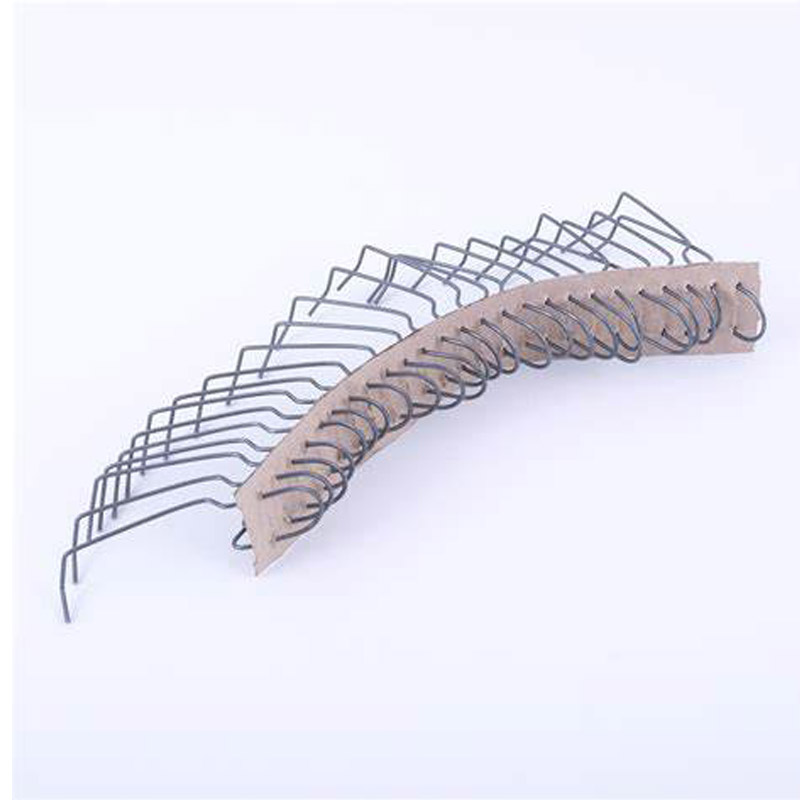
- Mobile Phone
- +8613931874955
- sales@cntcmetal.com
Cost Factors Influencing Welded Wire Mesh Pricing and Market Trends
The Cost of Welded Wire Mesh An Essential Guide
Welded wire mesh is a versatile material widely used in various applications, including construction, agriculture, and crafting. Its strength, durability, and flexibility make it an excellent choice for reinforcing concrete, creating enclosures, and many other uses. However, before opting for welded wire mesh, understanding its cost implications is crucial for budgeting and project planning.
Understanding Welded Wire Mesh
Welded wire mesh consists of wires that are electrically welded together at intersections, creating a grid-like structure. The material can be made from various types of steel, including galvanized, stainless, and plain steel. The specifications of the mesh, including wire diameter, mesh opening size, and the overall sheet dimensions, significantly influence the final price.
Factors Affecting the Cost of Welded Wire Mesh
1. Type of Material The choice of material can have a substantial impact on cost. Galvanized wire mesh, which is coated with a layer of zinc to prevent rust, typically costs more than plain steel. Stainless steel mesh, known for its superior corrosion resistance, is usually the most expensive option.
2. Wire Diameter The diameter of the wire used in the mesh affects its strength and price. Thicker wires provide more strength and durability but come at a higher cost. Conversely, lighter gauge wires may be less expensive but may not be suitable for high-stress applications.
3. Mesh Opening Size The opening size of the mesh – the space between wires – also contributes to the cost. Smaller openings may require more wire and labor to produce, driving up the price. Depending on the application, choosing the right opening size is vital for practical performance and budget considerations.
4. Sheet Size The overall dimensions of the welded wire mesh sheet influence costing as well. Larger sheets often provide better value per square foot due to economies of scale. However, transportation and handling costs for larger sheets should also be considered.
cost of welded wire mesh

5. Coating and Finish Additional coatings, such as plastic or vinyl coatings, can add to the material's price. While these coatings are beneficial for protecting against corrosion and enhancing aesthetics, they can raise the initial investment.
6. Quantity Purchased Bulk purchases typically bring down the cost per unit. Considerations for inventory and storage may lead businesses to opt for larger quantities to save on overall expenditures.
Market Prices and Trends
As of the end of 2023, the price of welded wire mesh can vary widely, ranging from approximately $0.50 to $3.00 per square foot, depending on the factors mentioned above. For example, a standard 4'x8' sheet of galvanized wire mesh with a medium gauge wire and average opening size can cost between $50 and $100. Meanwhile, specialty stainless steel mesh can exceed $300 for the same dimensions.
Market conditions, including demand spikes and fluctuations in raw material prices, heavily influence the costs of welded wire mesh. For example, during construction booms, increased demand can lead to higher prices.
Conclusion
When considering welded wire mesh for your project, it's essential to account for various factors impacting its cost. While initially, it may seem like a straightforward decision, the complexities of material selection, sizes, and purchasing quantities can complicate budgeting. Understanding these factors and conducting thorough market research will allow you to make informed decisions tailored to your project needs while ensuring cost-effectiveness.
If you are in the market for welded wire mesh, consult multiple suppliers to compare prices, assess quality, and understand the specifics of your needs. Ultimately, making the right choice can lead not only to successful project completion but also to long-term satisfaction with your material selections.
share:
-
Why Sacrificial Formwork Is Redefining Underground ConstructionNewsJun.06,2025
-
The Structural Dynamics of Modern Concrete: How Snake Spacers Revolutionize Flexible ReinforcementNewsJun.06,2025
-
Snake Spacers Smart-Lock Concrete Reinforcement with Surgical PrecisionNewsJun.06,2025
-
Snake Spacers: Reinforcement Precision for Modern Concrete ProjectsNewsJun.06,2025
-
Snake Spacers Powering Concrete's Structural DNANewsJun.06,2025
-
Slither into Success: Snake Spacers' Precision Bite for Unbreakable ReinforcementNewsJun.06,2025
-
Sacrificial Formwork: Building Stronger, Faster, and Safer StructuresNewsJun.06,2025



















